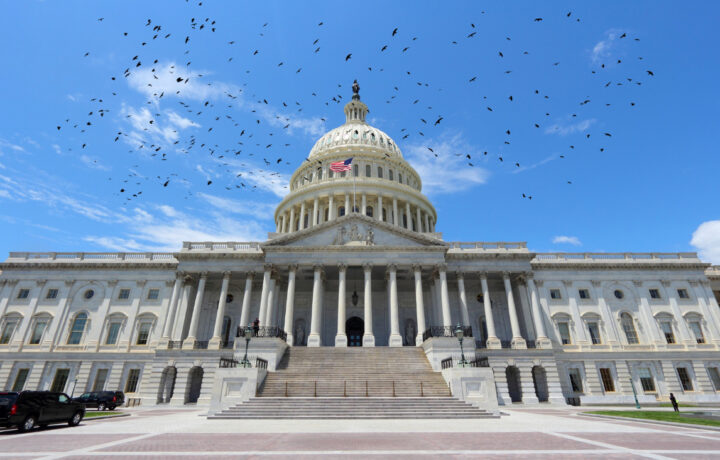The government shutdown has entered its second week as the country awaits Congress to pass a funding bill. On Wednesday, Senate Democrats blocked a bill to end the government shutdown for the sixth time. Several Democrats voted for the resolution; however, six more are needed to pass it.
There have been 21 funding gaps resulting in a government shutdown since 1976, according to the https://history.house.gov website, with the longest running 34 days in 2019.
When the federal government shuts down, essential employees continue working to maintain critical operations; employees labeled non-essential stay home. In the past, furloughed and working employees’ full pay was restored after the shutdown ended in accordance with the Government Employee Fair Treatment Act.
This bill requires employees of the federal government or a District of Columbia public employer who are furloughed or required to work during a lapse in appropriations, beginning on or after December 22, 2018, to be compensated for the period of the lapse.
This Time Around
The President has suggested that some non-essential employees may not get paid, and that a Reduction in Force (RIF) could be just around the corner. Hopefully, this won’t happen if Congress can get its act together and pass a short-term extension, as it has done many times before.
Essential federal employees who are required to work during a government shutdown won’t receive pay until the shutdown has ended. After the government reopens, they are legally guaranteed to receive back pay for the hours they worked during the lapse in funding.
Federal workers living paycheck to paycheck could face difficulties during extended shutdowns. Regardless of age, everyone needs an emergency fund to tap during these events. Since federal employees’ pay during past shutdowns has been restored, companies may extend credit for the duration of the shutdown and reduce or eliminate late fees for that period.
Essential and Non-Essential Employees
Agency heads determine which employees are essential. These are roles necessary to protect life and property, or those authorized by law to continue even without new funding.
Every agency and department was established to accomplish a mission set by Congress. During a government shutdown, critical government functions are required to protect national security, human life, and property, including:
- Public safety and national security
- Transportation and travel
- Federal benefits
- Scientific and environmental operations
This funding gap may take some time to resolve. The rift between the parties continues, and in the interim, certain federal services are unavailable, and many federal workers are doing without until back pay arrives.
The term ‘non-essential’ is a misnomer because these services are critical to our economic and public well-being; their interruption is often disruptive, as seen in the closure of national parks and museums, as well as numerous administrative services.
Shutdown Realities
Non-essential services are unavailable, and the majority of federal workers were eventually paid in the past. Social Security and Federal annuity checks are being sent out, and Medicare isn’t impacted. All critical services are available as this drags on.
About 750,000 federal employees are furloughed until Congress acts. Non-essential new hires and those early on in their federal careers are most impacted. They may not have sufficient funds to carry them over until back pay arrives.
Employees in the private and public sectors must be prepared for when political conflicts result in Congressional inaction. Many contractors are now laid off until this impasse is resolved. Furloughed workers may have to apply for unemployment benefits if the shutdown continues for an extended period. If you apply for unemployment, furloughed federal workers will have to pay it back after receiving back pay.




